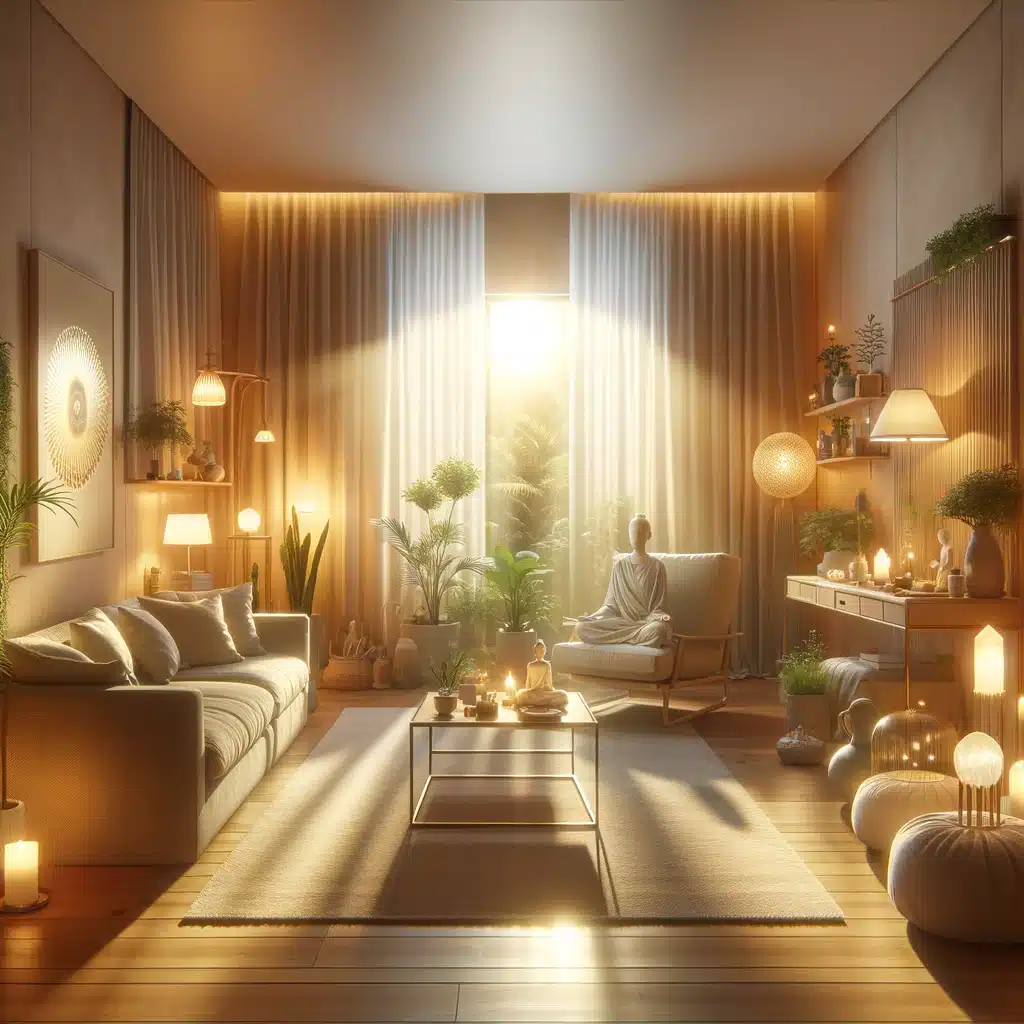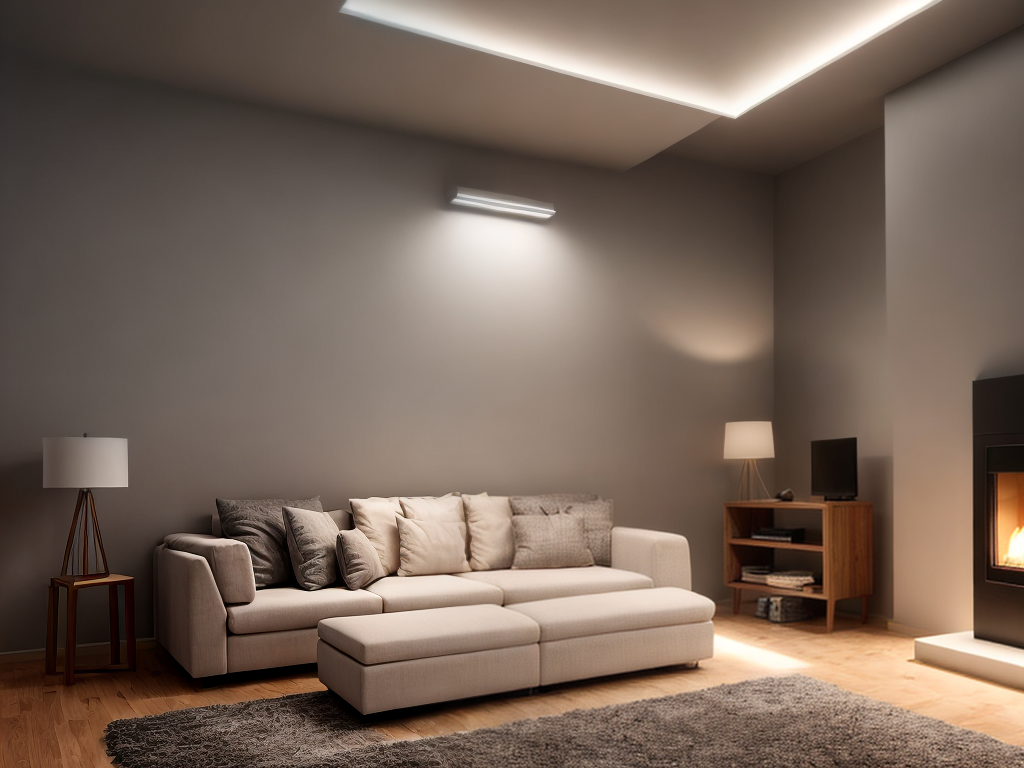As a lighting enthusiast, I am thrilled to share with you the latest trends in LED lighting design. LED lighting has become a symbol of progress and innovation in the world of lighting. With its energy efficiency and sustainability, it has revolutionized the way we illuminate our spaces. But the advancements don’t stop there. LED lighting is now seamlessly integrating with smart home technology, allowing for convenient control and customization. Moreover, the creative fixture designs and shapes are pushing the boundaries of lighting aesthetics. We are also witnessing dynamic and adjustable lighting effects that can transform any space instantly. And let’s not forget about enhanced color control, offering endless possibilities for creating the perfect ambiance. Join me as we explore the exciting world of LED lighting design.
Key Takeaways
- LED lights consume less electricity compared to traditional lighting options
- LED lighting seamlessly integrates with smart home technology
- LED lighting design embraces innovative fixture designs and shapes
- LED lighting design offers dynamic and adjustable lighting effects
Energy Efficiency and Sustainability
In my experience, LED lighting design has made significant strides in energy efficiency and sustainability. LED lights are designed to be highly energy efficient, consuming much less electricity compared to traditional lighting options. This not only leads to reduced energy consumption and lower electricity bills but also contributes to the overall reduction of greenhouse gas emissions. Additionally, LED lighting design incorporates eco-friendly materials, such as mercury-free components, making them safer for both human health and the environment. LED lights also have a longer lifespan, reducing the frequency of replacements and further reducing their environmental impact. Overall, the advancements in LED lighting design have made it a more sustainable and environmentally friendly choice for individuals and businesses alike.
Integration With Smart Home Technology
I have seen LED lighting design evolve to seamlessly integrate with smart home technology. The advent of smart home automation has allowed for a new level of control and convenience in lighting systems. Here are four key ways in which LED lighting is integrating with smart home technology:
-
Voice control: With the rise of virtual assistants like Amazon Alexa and Google Assistant, it is now possible to control your LED lights using voice commands. This hands-free approach adds a new level of convenience and accessibility to your lighting system.
-
Customization: Smart home automation allows you to customize your lighting experience like never before. You can create personalized lighting scenes for different activities, adjust brightness levels, and even change the color temperature of your LED lights to match your mood or the time of day.
-
Integration with other smart devices: LED lighting can now be seamlessly integrated with other smart devices in your home. For example, your lights can automatically turn on when you enter a room, or they can be synchronized with your home security system to create the illusion of occupancy when you’re away.
-
Energy efficiency: Smart home technology enables you to optimize the energy efficiency of your LED lighting system. You can set timers and schedules to ensure that lights are only on when needed, and you can monitor and control your energy usage through smart home apps.
Creative Fixture Designs and Shapes
LED lighting design has embraced innovative fixture designs and shapes, enhancing both functionality and aesthetics. Artistic illuminations have become a focal point in lighting design, with fixtures that not only provide illumination but also serve as decorative pieces. These fixtures are designed to create a visual impact, adding a touch of elegance and sophistication to any space. The use of innovative materials has also played a significant role in the development of creative fixtures. Designers are now using materials such as glass, acrylic, and metal to create unique and eye-catching designs. These materials allow for the creation of intricate shapes and patterns, adding depth and dimension to the lighting fixture. The combination of artistic illuminations and innovative materials has revolutionized the world of LED lighting design, pushing the boundaries of what is possible in terms of both functionality and aesthetics.
Dynamic and Adjustable Lighting Effects
Exploring the versatility of lighting effects is an exciting aspect of LED design. With the latest developments in technology, dynamic and adjustable lighting effects have become more accessible and user-friendly than ever before. Here are four trends in this area that are shaping the future of LED lighting design:
-
Interactive user experience: LED lighting systems now allow users to control and customize their lighting experience, creating personalized atmospheres for different activities or moods.
-
Wireless connectivity: LED lights can be connected to smartphones or other devices through wireless technology, enabling seamless control and automation of lighting effects.
-
Color-changing capabilities: LED lights can produce a wide range of colors, allowing for dynamic and adjustable lighting effects that can transform any space.
-
Syncing with music and media: LED lights can be synchronized with music or media content, creating immersive lighting experiences that enhance entertainment and events.
These advancements in dynamic and adjustable lighting effects are revolutionizing the way we interact with and experience lighting in our everyday lives.
Enhanced Color Control and Customization
With the advancements in technology, we can now delve into the realm of enhanced color control and customization in LED lighting design. This allows for a greater level of control and flexibility in choosing the perfect lighting atmosphere for any space. One of the key features in this trend is the availability of color temperature options. LED lights now offer a wide range of color temperatures, from warm to cool, allowing users to create the desired ambience and mood. Additionally, remote control capabilities have become increasingly popular, enabling users to adjust the color and intensity of the lighting without having to physically interact with the fixtures. This level of customization not only enhances the visual appeal of a space, but also provides practicality and convenience for users who desire mastery over their lighting design.




